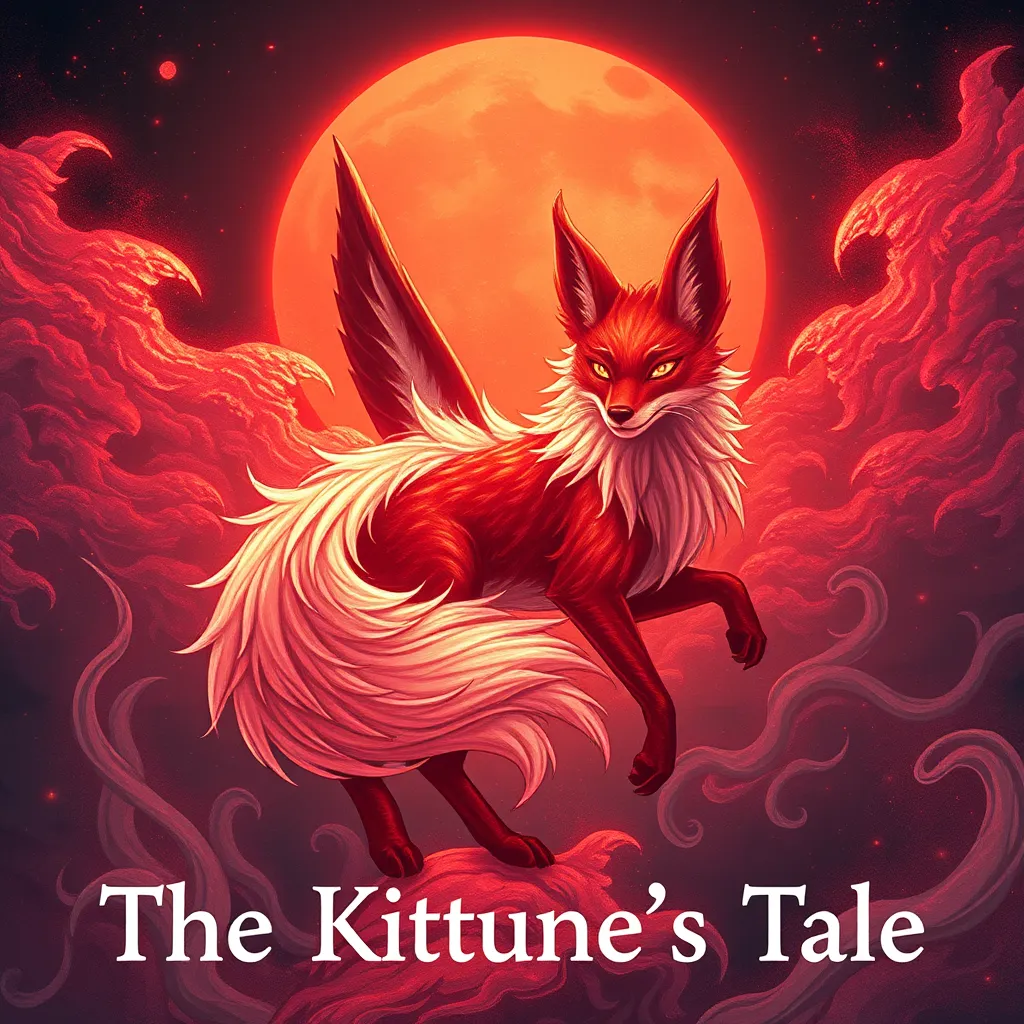The Kitsune’s Tale: Unraveling the Secrets of the Shapeshifting Fox
I. Introduction to the Kitsune
The kitsune, a fascinating figure in Japanese folklore, is more than just a fox; it embodies a rich tapestry of cultural significance and mythological depth. Kitsune, which translates to “fox” in Japanese, is often depicted as a shapeshifting spirit that possesses magical abilities, particularly the power to transform into a human. This article aims to explore the myths, symbolism, and modern interpretations of the kitsune, revealing the layers of meaning behind this enigmatic creature.
II. Historical Origins and Evolution of the Kitsune Legend
The origins of the kitsune legend can be traced back to ancient Japan, where it is intertwined with Shinto and Buddhist traditions. In Shinto, foxes are seen as messengers of Inari, the deity of rice and agriculture, while Buddhist texts often portray them as beings with wisdom and supernatural powers.
Historical texts, such as the Nihon Shoki (Chronicles of Japan), contain early references to kitsune, depicting them as creatures of both beauty and danger. Over the centuries, the narratives surrounding kitsune have evolved, reflecting the changing societal values and beliefs of the Japanese people.
III. Symbolism of the Kitsune in Japanese Culture
The kitsune symbolizes a range of attributes in Japanese culture, including:
- Intelligence: Kitsune are often portrayed as clever and resourceful beings.
- Cunning: Their ability to deceive and outsmart humans is a prominent theme.
- Versatility: The kitsune’s shapeshifting abilities represent adaptability and change.
Moreover, kitsune embody a duality that makes them both benevolent and malevolent entities. They can be protectors of the people, bringing good fortune and prosperity, or they can lead humans astray, causing mischief and chaos. Additionally, kitsune are often linked to fertility and prosperity, symbolizing abundance in harvest and family.
IV. The Kitsune’s Shapeshifting Abilities
One of the most captivating aspects of the kitsune is its shapeshifting abilities. Kitsune can transform from a fox into a human and vice versa, often adopting the form of a beautiful woman. This transformation is believed to be facilitated by their magical powers, which are often enhanced by the number of tails they possess.
The significance of tails is profound in kitsune lore:
- One-tail kitsune: The least powerful, often representing youth.
- Three-tails: Gaining wisdom and experience.
- Nine-tails: The most powerful, a symbol of supreme skill and longevity.
Common forms adopted by kitsune include that of a beautiful maiden, an elderly woman, or even mythical creatures, reflecting their diverse capabilities and the themes of transformation and identity.
V. Kitsune in Folktales and Legends
Kitsune feature prominently in numerous folktales and legends, with notable stories such as Tamamo-no-Mae, which tells of a beautiful woman revealed to be a nine-tailed fox. This tale explores themes of love, betrayal, and redemption, illustrating how kitsune narratives often carry moral lessons.
In many tales, kitsune serve as both protagonists and antagonists, emphasizing their complex nature. These stories often involve:
- Love affairs between humans and kitsune.
- Betrayals that lead to tragic outcomes.
- Redemptive arcs where kitsune help humans overcome challenges.
Through these narratives, kitsune act as agents of moral lessons and cultural teachings, challenging characters and audiences to reflect on human nature.
VI. The Kitsune in Contemporary Media and Popular Culture
In modern times, the kitsune has found a prominent place in literature, anime, and film, showcasing its enduring appeal. Contemporary adaptations often reinterpret the kitsune mythos, presenting it in various genres—from romantic tales to horror stories.
Examples of kitsune representations in popular culture include:
- Anime: Series like InuYasha and Kamisama Kiss feature kitsune characters that embody traditional traits while navigating modern narratives.
- Literature: Novels often explore the identity and struggles of kitsune in human society, blending folklore with contemporary themes.
- Film: Movies like The Tale of the Princess Kaguya and Spirited Away incorporate kitsune as integral figures within their stories.
The globalization of media has further influenced the kitsune myth, leading to new interpretations that blend various cultural elements while maintaining the essence of the original folklore.
VII. Kitsune Worship and Ritual Practices
Kitsune also play a significant role in Shinto worship, particularly in relation to the deity Inari. Inari shrines often feature statues of kitsune, symbolizing their status as protectors and messengers.
Ritual practices associated with kitsune include:
- Offerings: Devotees present rice, sake, and other food items to appease the kitsune and seek their blessings.
- Prayers: Individuals may pray for prosperity, fertility, and protection, invoking the kitsune’s divine assistance.
In recent years, there has been a cultural revival surrounding kitsune worship, with younger generations exploring these traditional practices and integrating them into contemporary spiritual expressions.
VIII. Conclusion: The Enduring Legacy of the Kitsune
The kitsune remains a significant and multifaceted symbol within Japanese folklore and society. Its rich history, complex symbolism, and adaptability to modern narratives showcase the ongoing fascination with this shapeshifting fox spirit.
As both a cultural icon and a subject of artistic exploration, the kitsune’s tale continues to resonate with audiences worldwide. Preserving the narratives surrounding the kitsune is vital, as they offer insights into the values, fears, and aspirations of the Japanese people, bridging the past with the present.
In conclusion, the kitsune’s legacy endures, reminding us of the power of folklore to shape our understanding of the world and ourselves.




